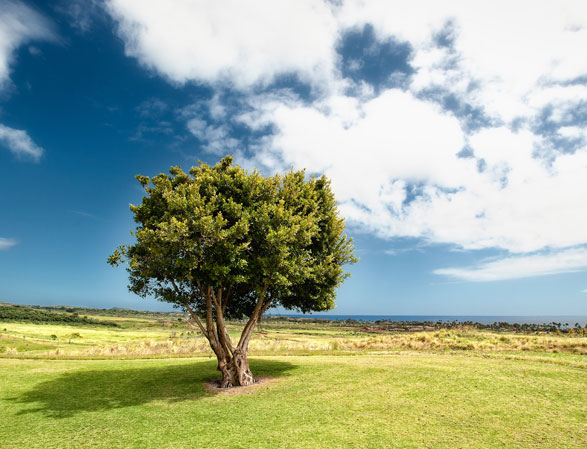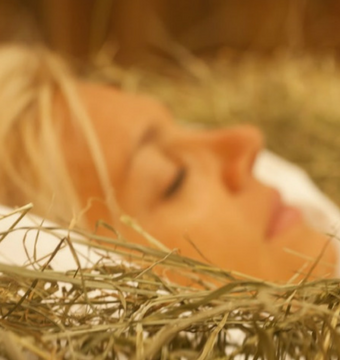In addition to Palermo, the cities of Mantua, Pistoia and Matera have all been honored as Capitals of Culture. So who bestows this esteemed title on Italian cities? A panel of seven experts appointed by the Italian Ministry of Cultural Heritage and Activities and Tourism selects the annual recipient. The aim is to enhance the landscape and cultural heritage of the chosen cities, promote tourism in the area, and, of course, improve services provided to travellers. It would be fun to plan a trip to each of the chosen cities and their surroundings… What do you say? Our tips might just help you out... Let’s go!
Palermo
First on our list is Palermo, named Italian Capital of Culture 2018.
What to see and do in Palermo

Palermo began as a Phoenician colony and was fought over for centuries by the Greeks and the Carthaginians due to its strategic location. The Romans, Byzantines and Arabs also competed for its domination. Clearly, the passage of all these civilizations has left behind an enormously varied cultural heritage, evident in the city’s monuments and architecture.
Begin your tour in Palermo’s historic heart where you’ll find the city’s main theatres, Il Massimo and Il Politeama. Explore the beautiful Chiesa della Martorana, an Arabic style church on Piazza Bellini dating back to the Middle Ages, and then wander along Via della Libertà, the most elegant part of Palermo.
Two must-see monuments are the Cathedral and Royal Palace: the first is one of the oldest Gothic style Christian churches dating back to 600 A.D.; the second is the oldest residence in Europe, and the most visited attraction in all of Sicily. And what about the Pretoria Fountain? Stop to admire its allegorical statues representing mythological gods and the four rivers of Palermo.
Palermo’s Ballarò Street Market is well worth a visit. Here you'll find everything - fresh and colorful produce, street food, and above all, the true soul of the city.
Like most of the cities in Sicily, Palermo also offers much to discover below ground. We’re talking about the catacombs used by the Capuchins to bury their monks - more than 8,000 embalmed and mummified bodies, to be exact! The underground attraction is visited by thousands of international tourists every year: don’t miss this piece of Palermo history!
What to eat in Palermo

Heading up Palermo's culinary tradition is the city’s street food. In fact, the area’s most typical dishes can be tasted directly at the local markets and on the streets of Palermo. Try the famous pane e panelle, a sandwich with chickpea fritters accompanied by potato croquettes (i cazzilli), in Piazza Marina or Vucciria Market, as well as along the seafront. Adventurous gourmands might enjoy ca'meusa bread, a loaf stuffed with slices of cooked spleen, salt, lemon and cheese.
Don’t leave Sicily without sampling its arancini, a local culinary classic. Warm, fragrant, and prepared with your choice of filling ... just the thought makes us hungry!
Moving on to desserts, be sure to try frutta di Martorana. The sweet marzipan treat made with almonds and sugar probably dates back to the Etruscan-Roman period.
Are there restaurants which offer the same delicious flavours? Of course! Here are our agritourisms in and around Palermo to take you on a culinary journey right from the comfort of your chair.
Around Palermo

Of course, a visit to Palermo is also the ideal opportunity to discover its wonderful surroundings. Depending on the season, different areas have much to offer. For example, in spring and summer we recommend relaxing on beautiful Mondello beach or in Cefalù.
Not far from Palermo you’ll find Monreale, famous for its magnificent cathedral, and Bagheria, a traditional holiday destination for Palermo’s noble families, where a visit to Villa Palagonia is a must.
If you fancy a walk in nature, take a trip to Monte Pellegrino where the locals love to picnic and hike. Heading east, you’ll arrive at Madonie Park, a protected area spanning 39,941 hectares.
Photo by Marek Lenik su Flickr.com.
Where to stay on a trip to Palermo

If you’re looking for a place to stay in Palermo you can’t beat our agritourisms in the province! For those extending their visit, check out all of our agritourisms in Sicily.
Why visit Palermo?
History, art, sea, nature and so much vibrant local life! A holiday in Palermo and the surrounding area offers all of this, and more.
















